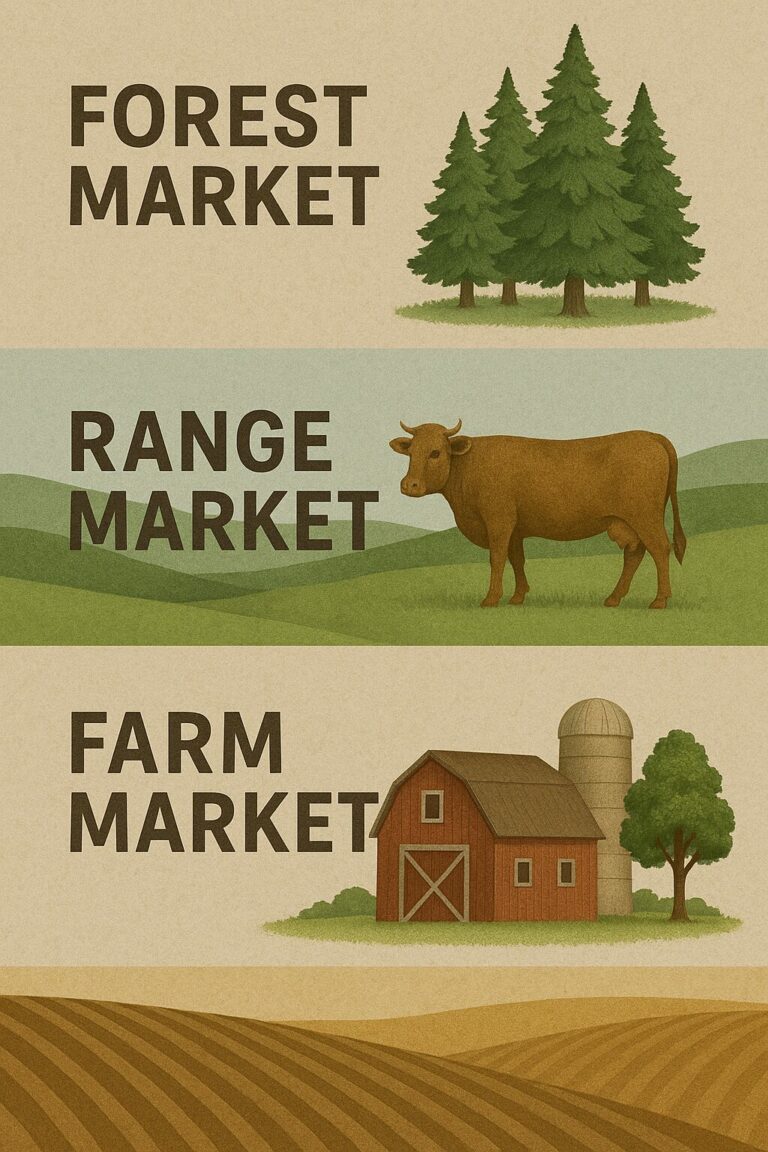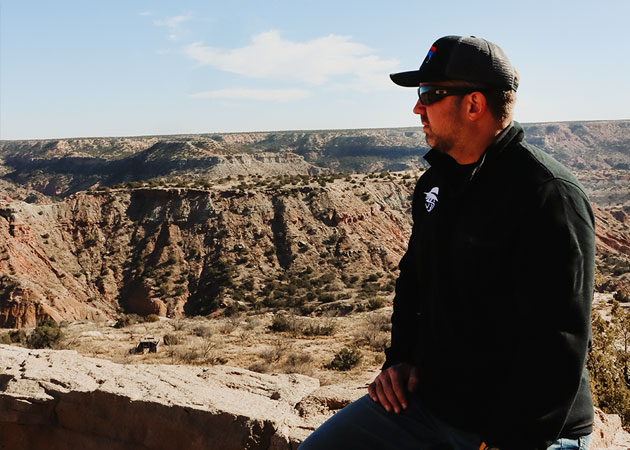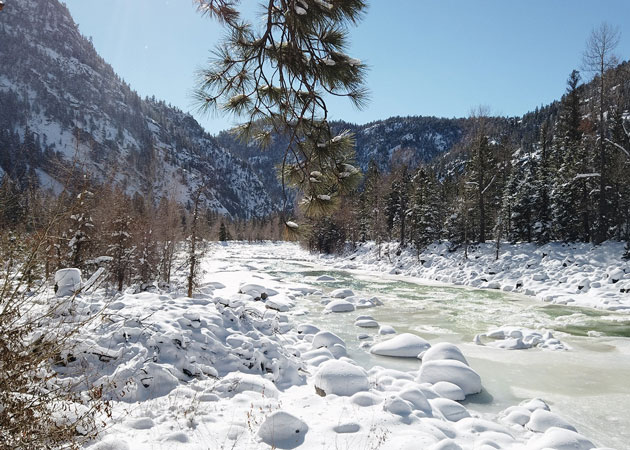Unlocking Opportunity: What Real Estate Agents Need to Know About the Carbon Market
Keywords: carbon markets, real estate agents, soil carbon sequestration, carbon credits, ranch real estate, farm income, regenerative agriculture, carbon contracts, voluntary carbon market, landowner incentives
As sustainability and climate responsibility take center stage in global industries, carbon markets are emerging as a transformative opportunity—not just for farmers and ranchers, but for the real estate agents who serve them.
At a recent presentation during the REALTORS Land Institute (RLI) conference, Nikki Nilesh, a University of Wyoming PhD candidate and carbon market consultant, shared insights on how carbon markets intersect with real estate, land value, and new income streams.
What Are Carbon Markets?
Carbon markets allow companies to offset greenhouse gas emissions by purchasing carbon credits from landowners who implement land management practices that either:
Sequester carbon in the soil (e.g., planting cover crops, rotational grazing), or
Avoid carbon loss (e.g., placing land under conservation easements to prevent development or tillage)
Each carbon credit represents one metric ton of CO₂ equivalent stored or avoided. These credits are then sold to corporations looking to meet sustainability goals or comply with internal environmental standards.
The Voluntary Market
Nikki clarified the difference between voluntary carbon markets and regulated markets like California’s cap-and-trade system. In the voluntary market, private companies buy credits to reduce their environmental footprint—airlines, tech firms, and even film festivals have been active buyers.
Why This Matters for Real Estate Agents
Agents in farm and ranch real estate are in a unique position to educate clients, facilitate connections, and identify new revenue streams.
Benefits of Understanding Carbon Markets:
Position yourself as a value-added advisor
Help buyers evaluate potential income from land improvements
Connect sellers with carbon companies to maximize value before listing
Navigate carbon contracts that could affect land use, sales, and valuation
As Nikki noted, “You can absolutely level up as a real estate agent if you’re able to understand this market and advise buyers and sellers.”
How the Carbon Credit Process Works
The process typically involves the following steps:
Initial Evaluation – The landowner discusses eligibility with a project developer (carbon company).
Baseline Soil Testing – Soil samples establish current carbon levels.
Land Management Change – Landowners adopt improved practices like rotational grazing or reduced tillage.
Monitoring – Soil is resampled every 3–5 years to track changes.
Credit Issuance and Sale – Verified carbon credits are sold to companies, and landowners receive payment.
Key Note:
Most carbon companies cover the costs of initial soil sampling and even infrastructure improvements like fencing or water development—making it a low-risk entry point for landowners.
Case Study: Rotational Grazing in Montana
In a pioneering project, four Montana ranchers partnered with a carbon company to switch from conventional grazing to intensive rotational grazing. Over five years, they:
Increased paddocks from 23 to 63
Reduced grazing time from 39 days to just 3.5 days per pasture
Were issued over 56,000 carbon credits
At an estimated $16 per credit, the group potentially earned $900,000 over five years—or roughly $5.50 per acre annually, before expenses and revenue share with the carbon company.
Farm Carbon Credit Opportunities
On the farming side, practices that can qualify for carbon credits include:
Planting cover crops
Reducing tillage
Applying organic soil amendments (e.g., compost, manure, biochar)
Optimizing irrigation practices
One California project involved six farmers with crops like blueberries, pistachios, and grapes. Their carbon company paid for the initial cover crops and compost, and they’ll be eligible for credits after five years of verified soil improvement.
Risks, Rewards, and Reality
Common Risks:
Unavoidable reversals (e.g., wildfires) are covered by insurance-like “buffer pools.”
Avoidable reversals (e.g., breaking a no-till clause) may require the landowner to repay credit revenue or upfront costs.
Contract Lengths:
Carbon contracts range from 10 to 100 years.
Some can be transferred to a new buyer, but if not, the seller may face penalties.
Key Point:
These agreements limit land use—similar to conservation easements—and may affect sales price or buyer appeal. However, Nikki emphasized that most carbon companies are flexible and prioritize long-term success and sustainability over short-term profit.

Advice for Real Estate Agents
Real estate professionals can play a key advisory role by:
Understanding carbon contract structures and registry protocols
Helping clients evaluate whether their land is a good fit for carbon markets
Advising on how to structure deals when land is under an existing carbon contract
Connecting landowners with trusted carbon companies (e.g., Native, Carbon by Indigo, Nori, BCarbon)
Tip: Carbon companies are often willing to explain contract terms and answer legal, technical, or tax-related questions.
Final Thoughts: It’s Still Early
Despite all the hype, very few U.S. ranchers and farmers have actually been issued credits. The process is slow and highly regulated, which is why education and patience are critical.
But the upside is real: increased revenue, funded land improvements, enhanced land stewardship, and marketable sustainability credentials. For real estate agents, understanding this niche can give you an edge in a competitive landscape.
Resources to Explore
Ecosystem Marketplace – Public marketplace for tracking credit prices
Verra, Climate Action Reserve, CAR – Leading carbon registries
Nikki Nilesh’s publications (look for her paper in Rangeland Ecology & Management)




